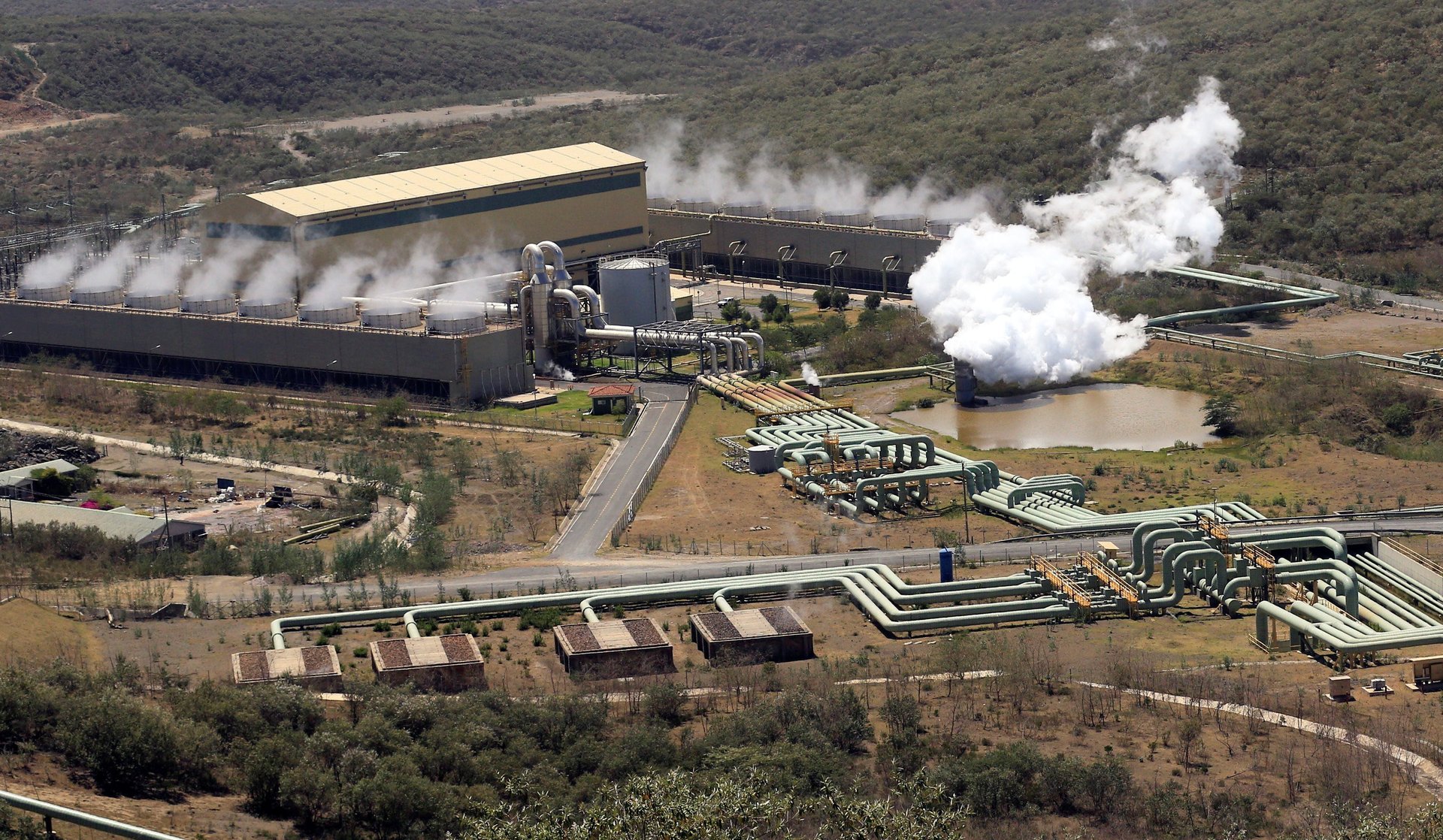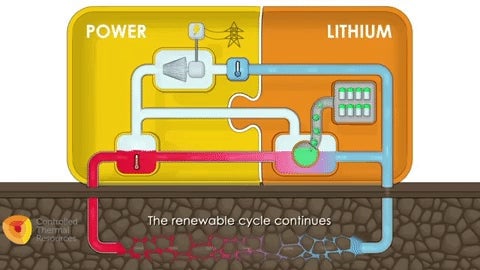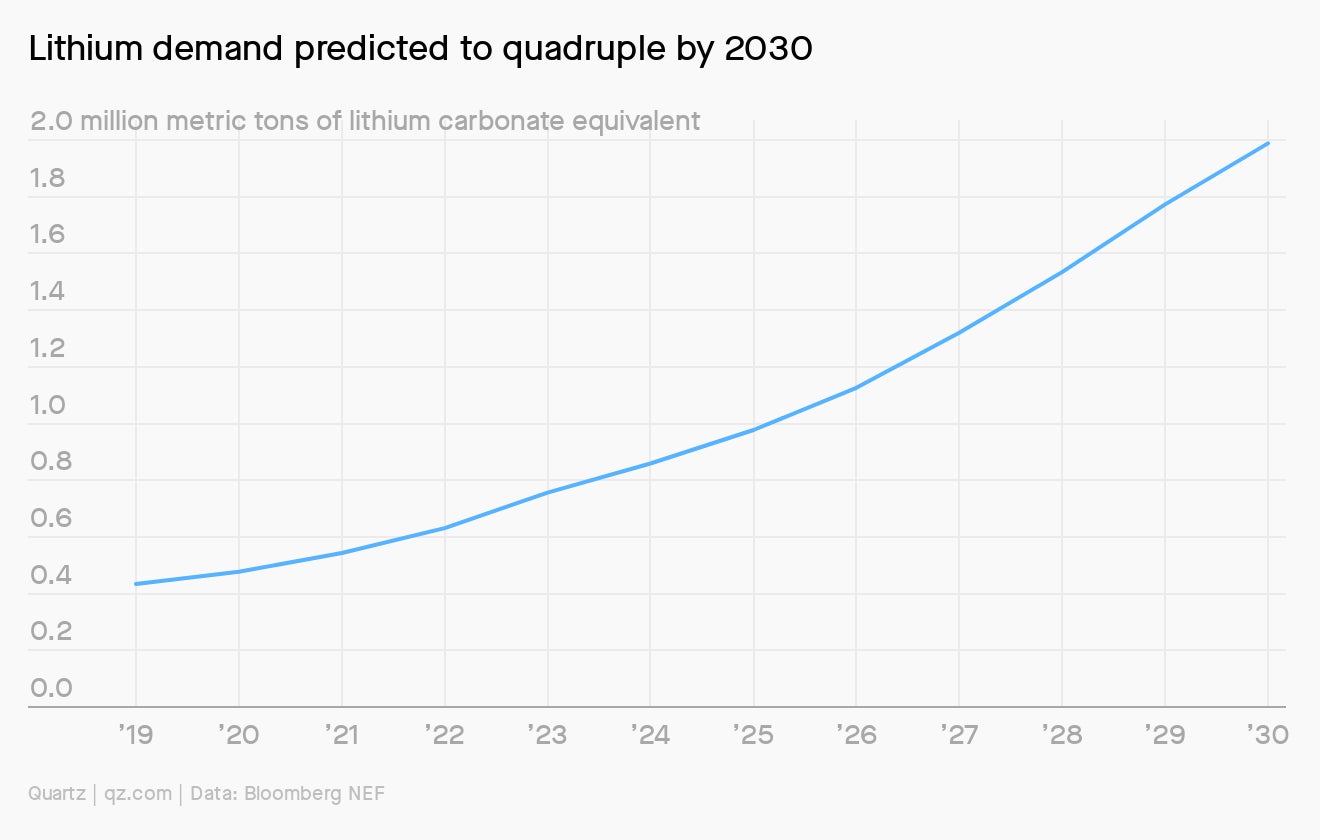For Quartz members—Drilling for heat beneath our feet
Hi [%first_name | Quartz member%],


Hi [%first_name | Quartz member%],
Controlled Thermal Resources (CTR) is drilling deep into the Earth for energy. But the company isn’t looking for oil—it’s drilling for heat. As solar and wind power grabbed the renewable energy spotlight, humans have neglected what’s beneath our feet: a nearly limitless source of clean, abundant energy that runs rain or shine. To understand why the world is hot on geothermal energy (again), we’re heading to a power project in California.
But first, a recap: Jeff Bezos is now the biggest climate activism donor, which isn’t as good as it sounds. Moderna matched Pfizer’s hopeful vaccine news, the world’s biggest trading bloc was born, and banks are suddenly bullish on India. Remote workers should be taxed but America’s teachers shouldn’t—discuss amongst yourselves. What will San Francisco’s “CEO tax” actually accomplish? We looked into it.
Your most-read story this week: A US rare earths miner is staging a comeback to take on China. And most relatable member goes to whoever’s reading The case for being grumpy at work. We do make a strong argument.
Okay, now let’s drill down on Controlled Thermal Resources.
The heat is on
Five million years ago, a rift opened up along the San Andreas fault (pdf) and filled with sand, silt, and water from the Colorado River on its meandering path to the Pacific. As the waters receded (and returned again), they left behind a wedding cake of permeable sandstone over a red-hot magma chamber. Known today as the Salton Sea, the bustling region is now the heart of America’s geothermal resurgence.
For years, geothermal was barely profitable. Cheap coal, and then cheap natural gas, meant power companies just signed up for more fossil fuels. A surge of geothermal plants were built in the 1980s, but investors lost interest. Solar and wind enjoyed subsidies and support as part of states’ renewable energy mandates. Geothermal wasn’t so lucky.
Today, though, impending emissions targets have sparked demand for clean, dependable baseload energy to fill the gaps when wind or sun isn’t available. Twenty countries have a net-zero emissions goal, and another 120 nations are working on one. California has one of the most ambitious goals in the world—net zero emissions by 2045 (pdf)—and CTR thinks it can be one of the state’s biggest suppliers of around-the-clock clean energy.
CTR is building one of the first new geothermal plants in years—but with a twist. It takes superheated mineral brine just below the surface, uses its steam to turn a turbine, and extracts lithium before reinjecting the water. The lithium will then be sold to battery-makers scaling up to meet the explosive demand for electric vehicles. Once operational (the plant is securing final state permits), the company plans to prove out a business model that will boost the energy output of the Salton Sea, a 300°C cauldron of geothermal potential, from about 400 megawatts to nearly 2,000 megawatts.
That might meet a slice of California’s carbon-free energy needs. But the next breakthrough will be creating new geothermal sites. The Salton Sea enjoys easy access to a heat reservoir and valuable mineral brine. To tap the rest of the planet’s ambient heat for power, engineers will have to drill down deep into the Earth’s mantle, inject fluids, and pump the liquids to the surface, adapting techniques pioneered by the fracking industry. While less risky when done correctly, drillers will need to treat fracking liquids properly and minimize any “induced seismicity” (minor earthquakes). By 2050, says the US Department of Energy, these new geothermal techniques could unlock 60 gigawatts of capacity by 2050, or nearly 10% of expected US generation.

Quotable
“This is the best resource in the world. You’ve got the political world moving towards carbon neutrality by 2045. It’s the perfect storm in terms of a renewable energy project.” —Jason Czapla, a CTR engineer on the company’s Hell’s Kitchen Lithium Co. power project in the Salton Sea
How it works
CTR’s plant will be the first power plant that mines lithium. After generating electricity, the company plans to process the mineral brine separating the lithium carbonate from the other salts, and reinject the fluids back underground to restart the process. The thirsty and polluting methods used today, such as evaporation ponds, can take two years to harvest lithium. But CTR’s site is relying on a more sustainable technology that acts like a lithium sponge, developed by startup Lilac Solutions and backed by Bill Gates’ Breakthrough Energy Ventures. This video shows how it’s done.

Hot in here
CTR is drilling in the world’s most productive site for geothermal. But this Geothermal Map of North America shows just how much potential lies below the surface. Temperatures of about 150°C are considered suitable for energy generation: The closer to the surface, the better. Even much lower temperatures—below 100°F (38°C)—can be used to heat buildings, grow plants, and process food. As drilling costs fall, new regions for geothermal energy become possible.
34.9%: share of California’s electricity mix now provided by natural gas that will need to be retired or converted to zero-carbon energy by 2045 to meet state climate targets.
$627 million: value of CTR’s electricity contract with the Imperial Irrigation District, for 40 megawatts over 25 years.
140 megawatts: geothermal capacity for CTR’s first plant.
1,100 megawatts: total potential geothermal capacity for the Hell’s Kitchen site.
More lithium, Scotty!
CTR’s profits will rise and fall with the price of lithium. Electricity offers a steady income, but the mineral in the battery of almost every modern electric car is a more lucrative prize. Demand is expected to quadruple by 2030 as the number of electric vehicles on the road hits an estimated 125 million, according to the International Energy Agency. That’s close to double global annual sales today. With demand lagging behind, CTR hopes to cash in, even if everyone else is trying to bring supply online as well.

Keep reading:
- The second climate tech boom is here
- Swedish technology could make geothermal as mainstream as wind and solar
- An Alphabet spinoff company can cut a home’s energy bills by digging a deep hole in the backyard
- Electricity from renewables is getting consistently cheaper
- Humanity’s fight against climate change is failing. One technology can change that.
Thanks for reading! And don’t hesitate to reach out with comments, questions, or companies you want to know more about.
Best wishes for a 🔥 end to your week,
